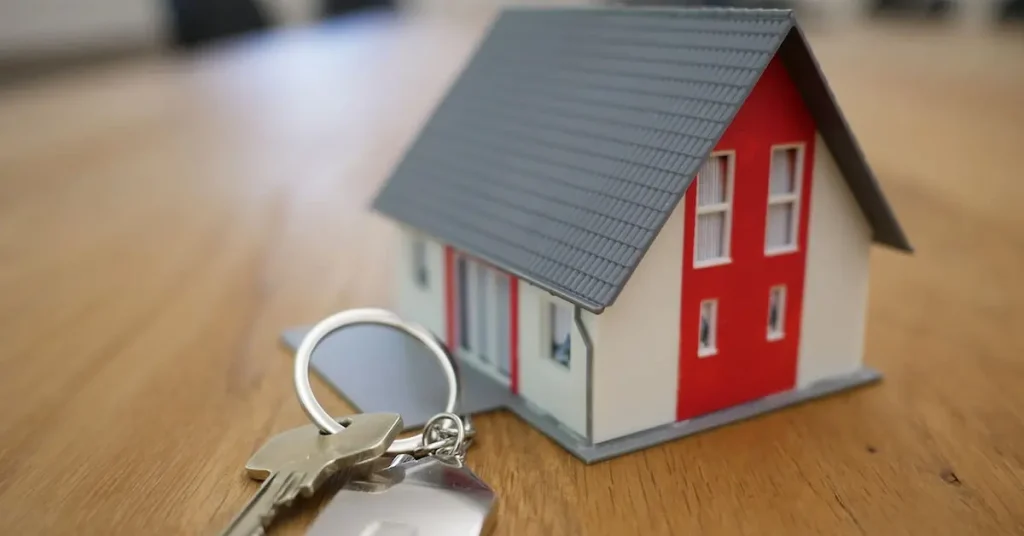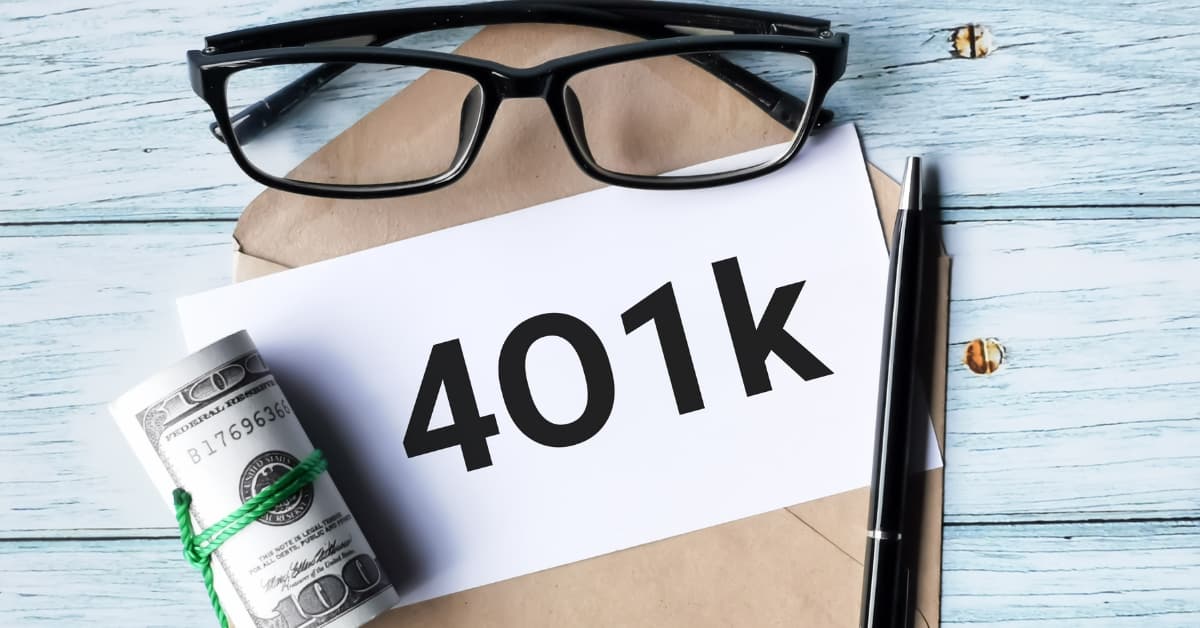Refinancing a mortgage is a significant financial decision that many homeowners consider at some point during their homeownership journey. It involves replacing your current mortgage with a new one, often with different terms or a lower interest rate. While refinancing can offer potential benefits such as lower monthly payments, shorter loan terms, or access to home equity, it’s crucial to understand that it also comes with its own set of costs and considerations.
The reasons for refinancing can vary widely. Some homeowners seek to take advantage of lower interest rates to reduce their monthly payments or overall interest costs. Others may want to switch from an adjustable-rate mortgage to a fixed-rate loan for more predictable payments. Still others might be looking to tap into their home equity to fund major expenses or consolidate high-interest debt.
This comprehensive guide aims to demystify the refinancing process in today’s market. We’ll explore what refinancing entails, its potential benefits and drawbacks, the costs of refinancing your mortgage, and key considerations to help you determine if refinancing is the right move for your current financial situation. Whether you’re a first-time homeowner or have been through the refinancing process before, this guide will provide valuable insights to inform your decision-making.
The Evolving Landscape of Mortgage Refinancing
The refinancing landscape is constantly evolving, influenced by broader economic factors and shifts in the housing market. In recent years, we’ve seen significant changes in mortgage trends and refinancing activity. The Federal Reserve Bank of New York reports that mortgage balances rose by $254 billion in the fourth quarter of 2022, reaching a total of $11.92 trillion. Additionally, data from Experian shows that the average mortgage debt per borrower climbed to $236,443 in 2023.
These figures underscore the substantial financial commitments homeowners are making and highlight why many are exploring options to optimize their mortgage terms. The refinancing market itself has experienced dramatic shifts. For instance, 2020 and 2021 saw a refinancing boom driven by historically low interest rates, with millions of homeowners seizing the opportunity to lower their monthly payments. However, as interest rates have risen in subsequent years, the refinancing landscape has changed considerably.
Despite these fluctuations, refinancing remains a key strategy for homeowners who can benefit from it. But it’s not a one-size-fits-all solution. The decision to refinance should be based on a careful analysis of your unique financial situation, future plans, and long-term goals.
What Does It Mean to Refinance a Mortgage?
At its core, refinancing a mortgage involves obtaining a new loan to replace your existing one. This new mortgage is used to pay off the original amount owed, and the homeowner then becomes responsible for repaying this new loan. The primary motivation for most homeowners to refinance is to obtain better interest terms and rates.
Refinancing can serve various purposes:
- Securing a lower interest rate
- Changing the loan term (e.g., from a 30-year to a 15-year mortgage)
- Switching from an adjustable-rate mortgage to a fixed-rate mortgage (or vice versa)
- Tapping into home equity for large expenses or debt consolidation
While these potential benefits are appealing, it’s important to remember that refinancing is essentially taking out a new loan. This means going through a similar process as when you first obtained your mortgage, including application, underwriting, and closing procedures.
Is Refinancing Worth It? Understanding the Cost-Benefit Analysis
The decision to refinance should be based on a careful evaluation of whether the benefits outweigh the costs. Let’s consider a scenario: If you’re spending $5,500 on refinancing costs, how long will it take for savings in monthly payments to offset those costs?
This break-even point is crucial in determining whether refinancing makes financial sense for you. For example, if refinancing saves you $150 per month on your mortgage payment, it would take approximately 37 months (just over 3 years) to recoup the $5,500 in refinancing costs. If you plan to stay in your home for longer than this period, refinancing could be beneficial. However, if you’re planning to sell your home in the near future, the costs might outweigh the potential savings.
It’s important to note that refinancing isn’t always a clear-cut decision. Short-term homeowners might find the upfront costs too high to justify the potential long-term savings. On the other hand, those planning to stay in their homes for many years could see significant benefits from even a small reduction in their interest rate.
The Cost of Refinancing Your Mortgage: 6 Common Fees
One of the most overlooked aspects of refinancing is the associated costs. Many homeowners focus solely on the potential for lower monthly payments without considering the expenses involved in the refinancing process. Let’s break down these costs in detail:
1. Application and Underwriter Fees
When you apply for a new mortgage, lenders often charge application fees to initiate the loan process. These fees may or may not be refundable and could include underwriting fees. The underwriter’s job is to assess your ability to repay the new loan, which involves reviewing your financial documents, credit history, and current debt obligations.
2. Appraisal Fees
Most lenders require a new appraisal to assess the current value of your home. This is crucial because the home’s value affects the loan-to-value ratio, which in turn influences the interest rate and terms you might be offered. The cost of an appraisal can vary, but for a typical single-family home, it averages around $480.
It’s worth noting that some refinancing programs, such as the FHA streamline refinance, may not require a new appraisal. This can be a significant cost-saving factor for homeowners with FHA loans.
3. Title Insurance
Even though you purchased title insurance when you originally bought your home, a new policy is typically required when refinancing. This protects the lender from any ownership disputes that might arise during the term of the new loan. The cost of title insurance can vary based on your location and the value of your home.
4. Credit Check Fees
Lenders will need to review your credit score and history to determine your eligibility for the new loan and what interest rate to offer. While the cost of a credit check is relatively small compared to other refinancing expenses, it’s still an out-of-pocket cost you should be aware of.
5. Taxes
Depending on your location, you may be subject to various taxes when refinancing. These could include:
- Mortgage taxes
- Realty transfer taxes
- Mortgage recording fees
The specific taxes and their amounts can vary significantly based on state and local regulations. It’s important to research or consult with a local real estate professional to understand what taxes you might be responsible for in your area.
6. Closing Costs
Closing costs encompass a variety of fees associated with finalizing your new mortgage. In 2018, the average closing cost (including taxes) was approximately $5,779. These costs can include:
- Lender fees
- Attorney fees
- Document preparation fees
- Recording fees
The exact amount and composition of closing costs can vary based on your location, the lender you choose, and the specific terms of your new loan.
Hidden Fees and Other Considerations
Beyond the common costs associated with refinancing, there are several other potential expenses and considerations that homeowners should be aware of:
Prepayment Penalties
Some mortgages include prepayment penalties for paying off the original mortgage early. These penalties are designed to compensate the lender for the interest they would have earned if the loan had continued to its full term. Before refinancing, check your current mortgage agreement to see if it includes such a penalty and factor this into your cost calculations.
Discount Points
Lenders sometimes offer the option to pay “points” upfront in exchange for a lower interest rate. Each point typically costs 1% of the loan amount and may lower your rate by 0.25%. While this can lead to long-term savings, it increases your upfront costs and extends the break-even point for your refinance.
Private Mortgage Insurance (PMI)
If your refinance results in having less than 20% equity in your home, you may be required to pay for private mortgage insurance. This additional cost protects the lender in case of default and can significantly impact your monthly payments.
Escrow Fees
During the refinancing process, you may incur escrow fees associated with holding funds for taxes and insurance. These fees can add to your overall refinancing costs.
Calculating the Break-Even Point
Understanding your break-even point is crucial in determining whether refinancing makes financial sense for you. Here’s a step-by-step guide to calculating your break-even point:
- Calculate your total refinancing costs (application fees, appraisal, title insurance, etc.)
- Determine your monthly savings (difference between your current and new monthly payments)
- Divide your total costs by your monthly savings
For example:
- Total refinancing costs: $5,500
- Monthly savings: $150
- Break-even point: $5,500 / $150 = 36.67 months (approximately 3 years and 1 month)
If you plan to stay in your home longer than your break-even point, refinancing could be a smart financial move. However, if you might sell your home before reaching this point, the costs of refinancing may outweigh the benefits.
When Refinancing Might Not Be the Right Choice
While refinancing can offer significant benefits, there are situations where it might not be the best financial decision:
- You’re planning to sell soon: If you don’t plan to stay in your home long enough to reach the break-even point, refinancing could result in a net loss.
- The costs outweigh the savings: If the interest rate reduction is minimal, the refinancing costs might exceed your potential savings.
- You’re far into your current mortgage: Refinancing to a new 30-year mortgage when you’re already 10 or 15 years into your current one could result in paying more interest over the life of the loan, even with a lower rate.
- You risk losing equity: Some refinancing options that allow you to tap into your home’s equity can put you at risk of owing more than your home is worth if property values decline.
5 Tips for Reducing Refinancing Costs
If you’ve decided that refinancing is right for you, there are several strategies you can employ to potentially reduce your costs:
- Shop around for lenders: Don’t settle for the first offer you receive. Compare rates and fees from multiple lenders to find the best deal.
- Negotiate with your lender: Some fees, such as application or underwriting fees, may be negotiable. It never hurts to ask if a lender can waive or reduce certain fees.
- Consider a no-closing-cost refinance: Some lenders offer no-closing-cost refinances, where the closing costs are rolled into the loan balance or exchanged for a slightly higher interest rate. This can be beneficial if you don’t have the cash on hand for closing costs, but be aware that it will likely result in higher monthly payments.
- Time your refinance strategically: Try to refinance when interest rates are low or when special programs (like the FHA streamline refinance) are available.
- Improve your credit score: A higher credit score can help you qualify for better interest rates and terms, potentially offsetting some of the costs of refinancing.
Decision Time: Is Refinancing Right for You?
Refinancing a mortgage can be a powerful financial tool, potentially leading to significant savings over the life of your loan. However, it’s not a one-size-fits-all solution. The decision to refinance should be based on a careful analysis of your unique financial situation, future plans, and long-term goals.
Key takeaways to consider:
- Understand all the costs associated with refinancing, not just the potential savings on your monthly payment.
- Calculate your break-even point to determine if refinancing makes sense given how long you plan to stay in your home.
- Consider the impact of refinancing on your overall financial picture, including your tax situation and long-term wealth building.
- Don’t be afraid to shop around and negotiate with lenders to get the best possible terms.
Remember, while the allure of lower interest rates can be tempting, refinancing comes with significant costs and considerations. It’s crucial to do a thorough cost-benefit analysis, including calculating the break-even point and understanding all associated costs.
If you’re considering refinancing your mortgage, it may be beneficial to consult with a financial advisor or mortgage expert. They can provide personalized guidance based on your specific financial situation and help ensure that refinancing aligns with your long-term financial goals.
Content in this material is intended for general information purposes only and should not be construed as specific investment advice or recommendations for any individual. Please contact your advisor with any questions or specific recommendations regarding your own circumstances. Asset allocation does not ensure a profit or protect against a loss. Investing involves risks, including possible loss of principal.







